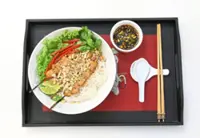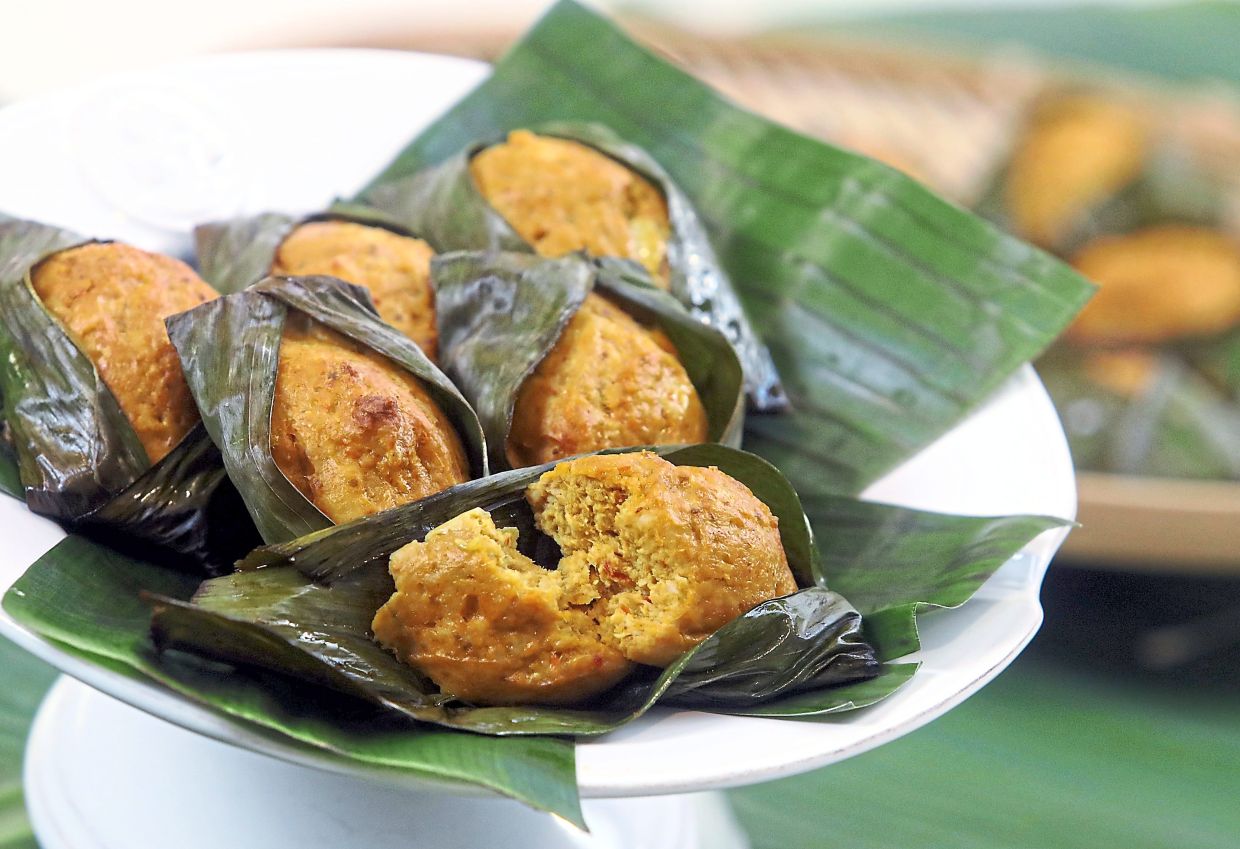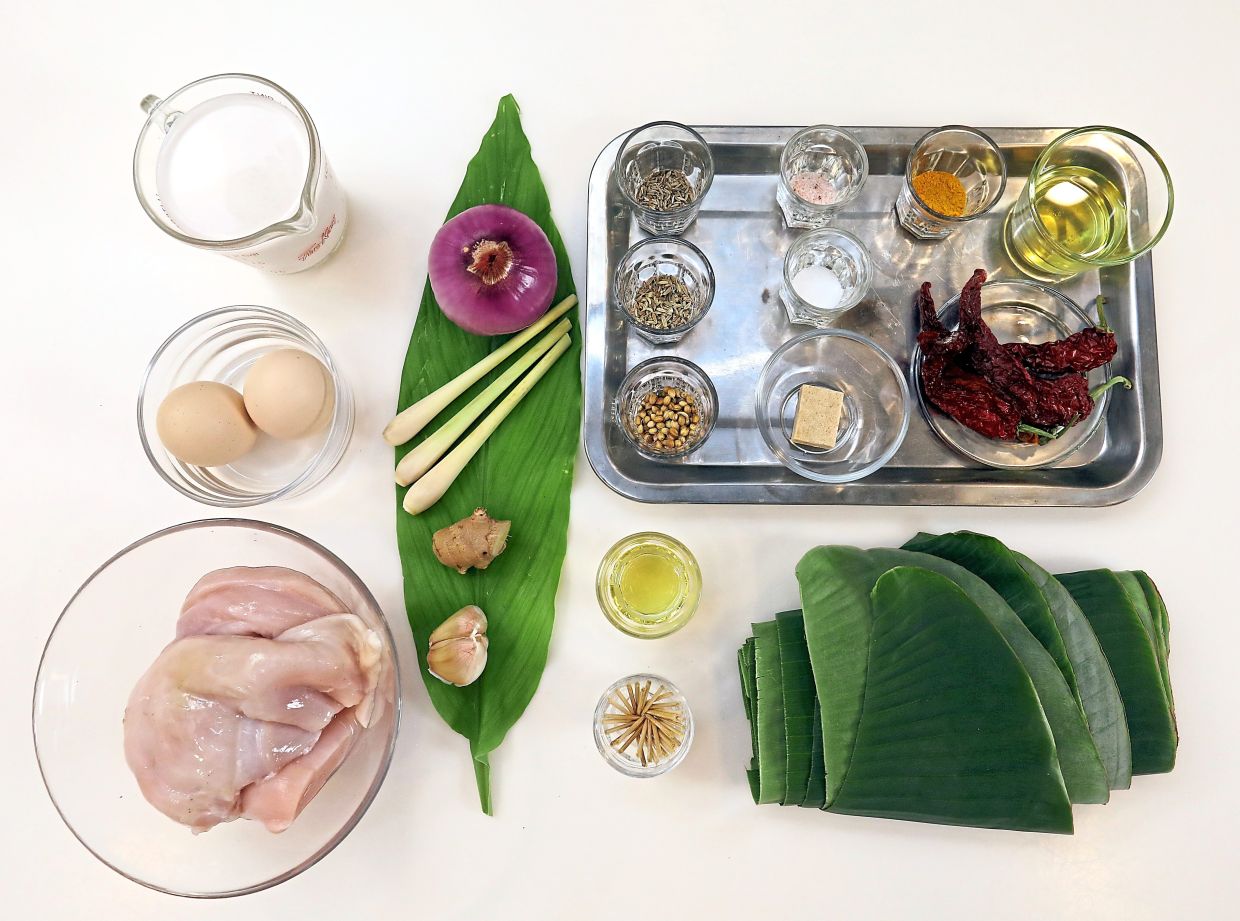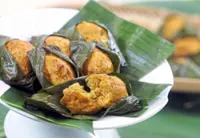‘Pepes’ layered with herbs and spices a piece of shared heritage
ACROSS the Indonesian archipelago, few dishes express the marriage of spice, aroma and ingenuity quite like pepes.
This cooking method of steaming or grilling seasoned ingredients wrapped in banana leaves dates back centuries and is deeply rooted in Sundanese cuisine from West Java.
The banana leaf not only imparts a subtle, earthy fragrance but also locks in moisture, preserving the tender texture of its contents.
The term pepes refers less to a single recipe and more to a style of cooking.
Within this broad category, one finds a vibrant range of fillings such as fish (pepes ikan), tofu (pepes tahu), mushroom (pepes jamur) and chicken (pepes ayam) to name a few.
Each variation takes on the distinctive character of the spice blend that envelops it.
In villages, pepes are often grilled over smouldering coconut husks after steaming, lending a whisper of smoke to the leaf’s perfume.
Pepes shares its heritage with other South-East Asian banana-leaf parcels, though each has its own regional flair such as botok, a Javanese cousin typically made from grated coconut mixed with anchovies, petai or tofu.
Found in Indonesia, Malaysia and Singapore, otak-otak is another relative with a firmer, almost mousse-like texture.
Compared with botok and otak-otak, pepes offer more flexibility in both protein choice and spice profile.
Its defining trait lies in the aromatic spice paste, a carefully balanced blend of herbs and seasonings sauteed before use, infusing the filling from within.
No two households prepare pepes in exactly the same way.
In West Java, pepes ikan mas (carp) is a festive favourite.
In Bali, pepes be pasih (seafood) might include shredded kaffir lime leaves for brightness.
In Sumatra, peppercorns and galangal add punch, while in central Java, sweeter notes from palm sugar creep in.
This pepes ayam variation replaces fish with chicken, resulting in a milder but equally flavourful parcel.
The spice paste is rich with lemongrass, turmeric leaf, toasted coriander, fennel and cumin seeds, creating a warm, layered profile that complements the meat.
Steaming ensures tenderness, while a brief roasting or grilling at the end adds a touch of colour and aroma.
The banana leaf is both vessel and seasoning, turning a simple chicken dish into something celebratory.
Pepes ayam
Ingredients
500g chicken breast
2 whole eggs
1 cup coconut milk
1 tsp turmeric powder
1 tsp salt to taste
1 tsp sugar to taste
1 cube chicken bouillon
1-2 fronds banana leaves
Spice paste
1 bulb red onion, diced
3 cloves garlic, crushed & peeled
3 stalks lemongrass, finely sliced
5 pods dried red chillies, soaked in water
1 knob fresh ginger
1 frond turmeric leaf, finely sliced
2 tsp coriander seeds, toasted
1 tsp fennel seeds, toasted
1 tsp cumin seeds, toasted
¼ cup cooking oil for blending
2 tbsp cooking oil for sauteing
Method
Combine all the spice paste ingredients, except the oil for sauteing.
Blend until smooth.
Heat oil in a pan and saute the blended mixture until fragrant.
Stir in coconut milk and season with bouillon, salt and sugar to taste.
Cook until the mixture thickens, then cool completely.
Cut the chicken breasts into small pieces and blend together with the eggs until smooth.
Combine the sauteed mixture with the blended chicken until evenly incorporated.
Clean the banana leaves, toast over an open flame until slightly wilted, then cut them into 8cm x 16cm rectangles.
Place one heaped tablespoon of the chicken mixture onto each leaf rectangle, then fold ends and tuck neatly underneath.
Steam the chicken pepes in a steamer for 10 minutes.
Serve as is or brush with oil and roast in a 250°C oven for 10 minutes until the exterior turns lightly golden.
Remove and serve warm with rice or on its own.








